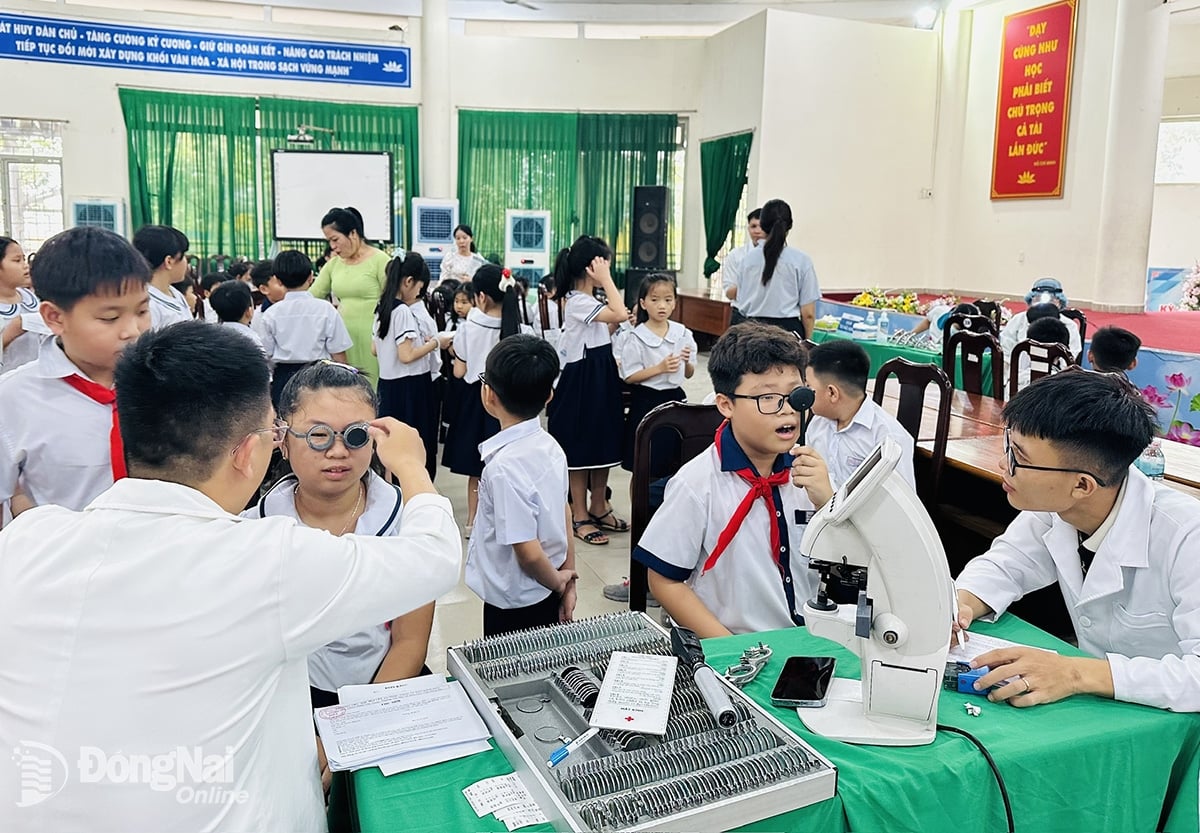 |
| Regular eye exams for children to detect and treat refractive errors early. Photo: A.Yen |
Hyperopia is a condition where the eye lacks the refractive power to converge, causing the image of all objects to converge behind the retina, resulting in blurred vision at both near and far distances. To see more clearly, the eye must always adjust to increase the refractive power to bring the image of the object forward and onto the retina.
Chairman of the Professional Council of Hanoi - Dong Nai Eye Hospital, Dr. Dang Xuan Nguyen said that newborn children are always farsighted, but the degree of farsightedness will gradually decrease as the child grows older, this is called the process of orthotropism. By the age of 2-3, the farsightedness will be about 1-2 degrees and by school age, the eyes will no longer be farsighted.
In eyes with abnormalities such as an eyeball axis that is too short or a cornea that is too flat, the process of correcting the vision is not complete, and there will be farsightedness with different degrees.
Symptoms of farsightedness include: children often rub their eyes, have red eyes and watery eyes, and may have strabismus. Strabismus can be a condition that accompanies farsightedness, or it can be a condition caused by farsightedness.
Older children may complain of sore eyes and blurred vision due to the constant adjustment of the eyes, which can cause an imbalance between the adjustment and convergence, leading to strabismus. The result is amblyopia (inability to see clearly despite maximum correction). Amblyopia can occur in both eyes or in one eye, especially in eyes with more severe farsightedness, reducing the visual function of both eyes such as: not seeing stereoscopic images, determining the distance of objects accurately, affecting some future occupations.
To treat farsightedness, Dr. Dang Xuan Nguyen noted that wearing glasses must be accompanied by an active eye exercise regimen to reduce farsightedness. Children should be encouraged to participate in activities related to vision such as drawing, coloring, reading stories, etc. The purpose is to increase the refractive power of the lens, leading to a reduction in farsightedness.
Children with amblyopia need a more active training regimen such as using a blindfold to practice with the amblyopic eye, or practicing on a macular stimulation system or a binocular vision training machine. In addition, children need to be treated for strabismus if present. Children need to be monitored at least every 6 months to adjust their glasses to match the progression of farsightedness.
Peace
Source: https://baodongnai.com.vn/xa-hoi/202505/lam-the-nao-de-phat-hien-benh-vien-thi-o-tre-em-2841761/




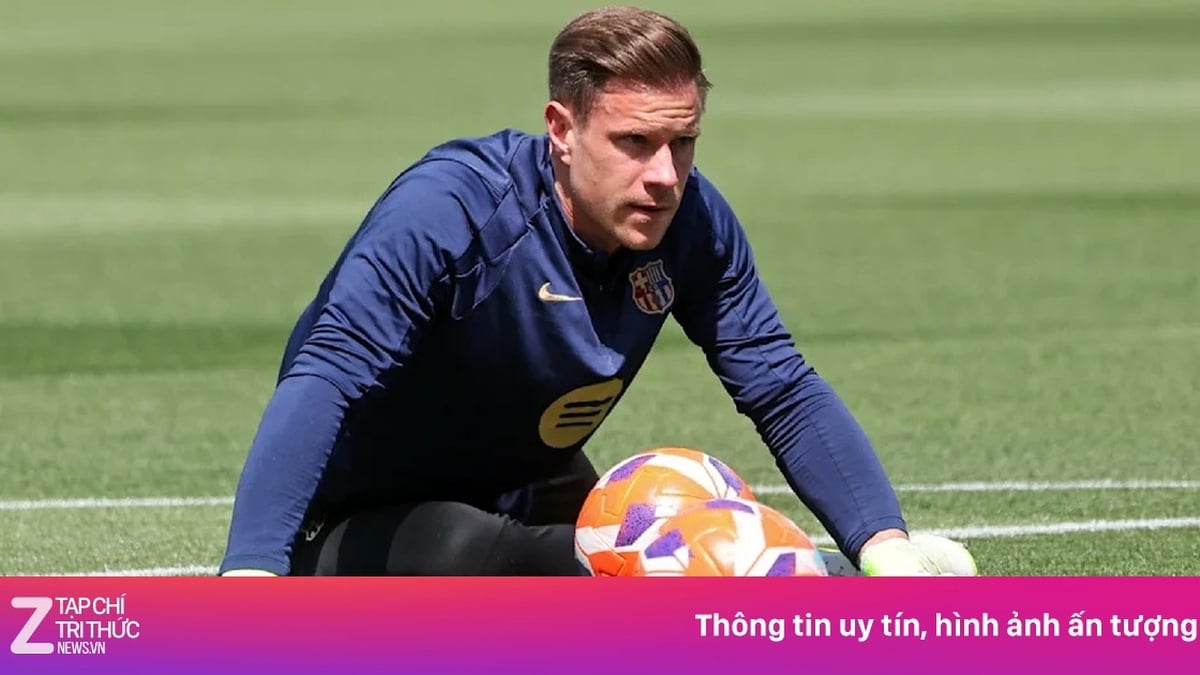
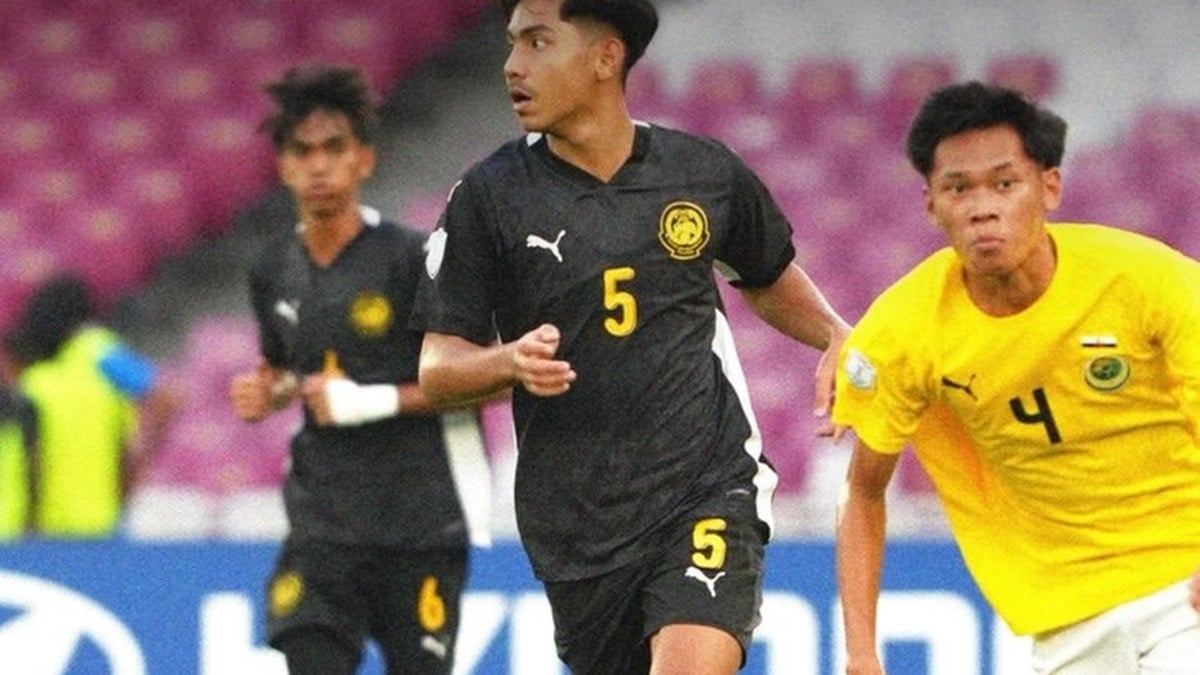


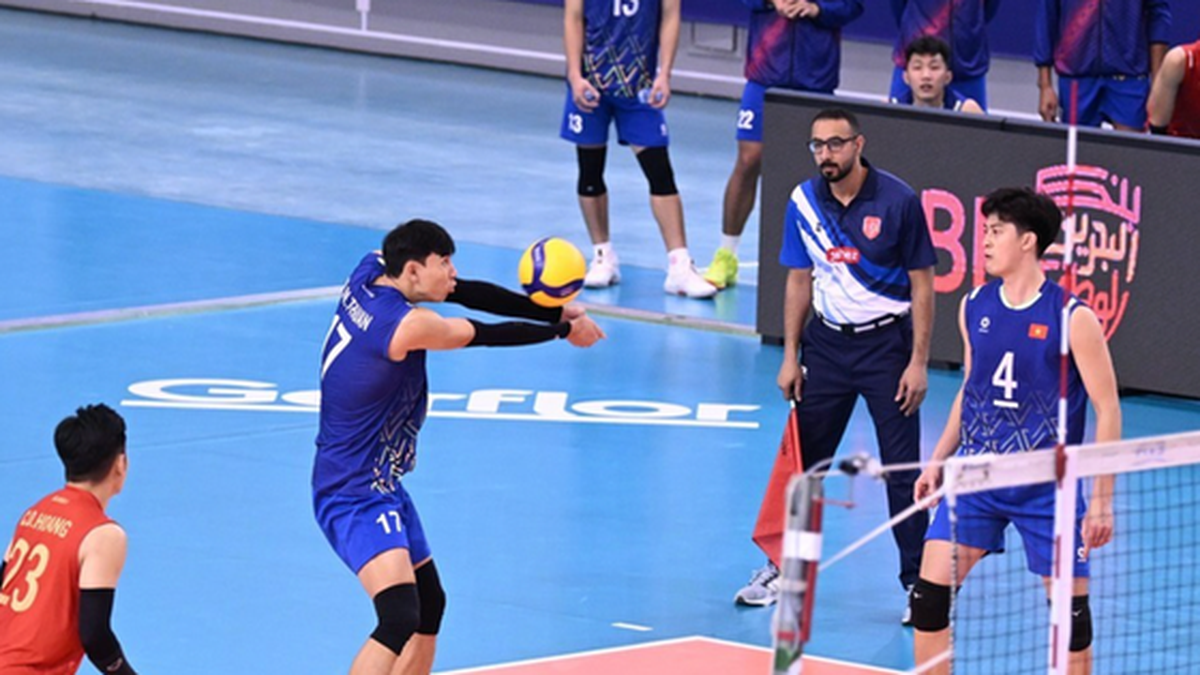

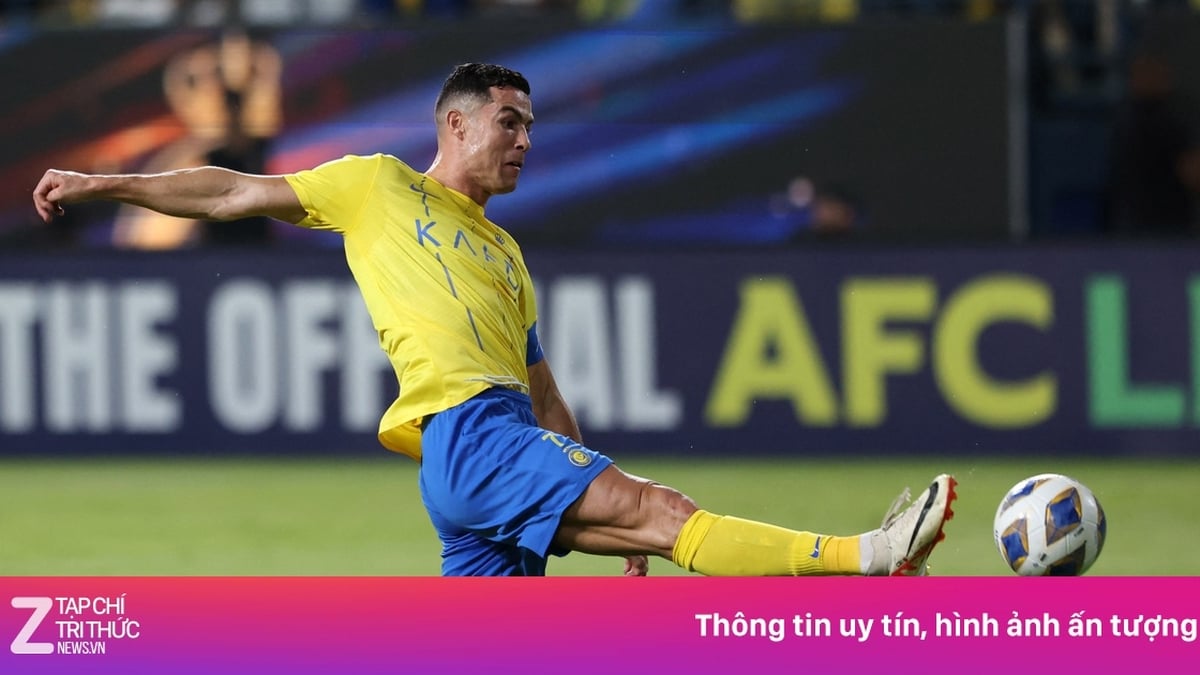
























































































Comment (0)